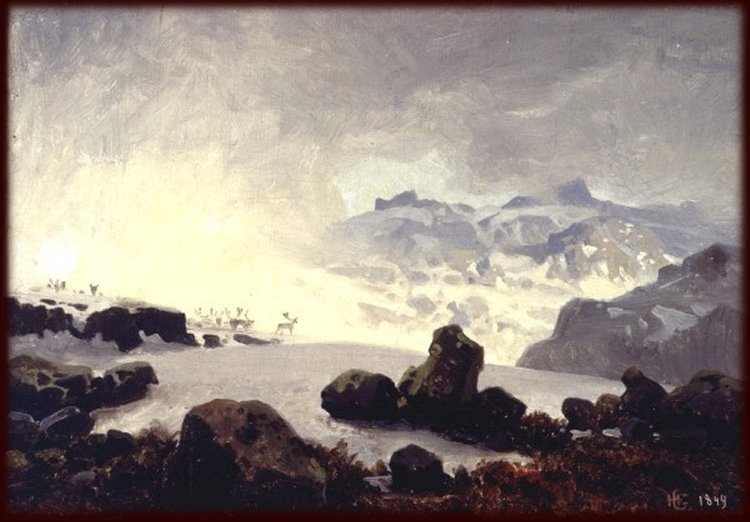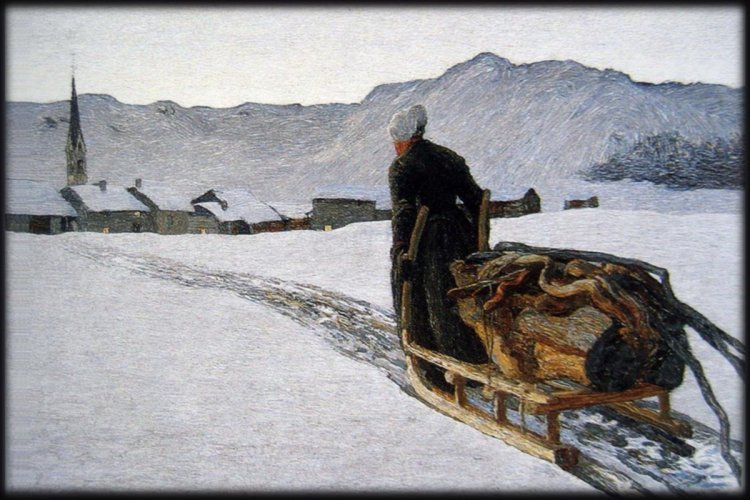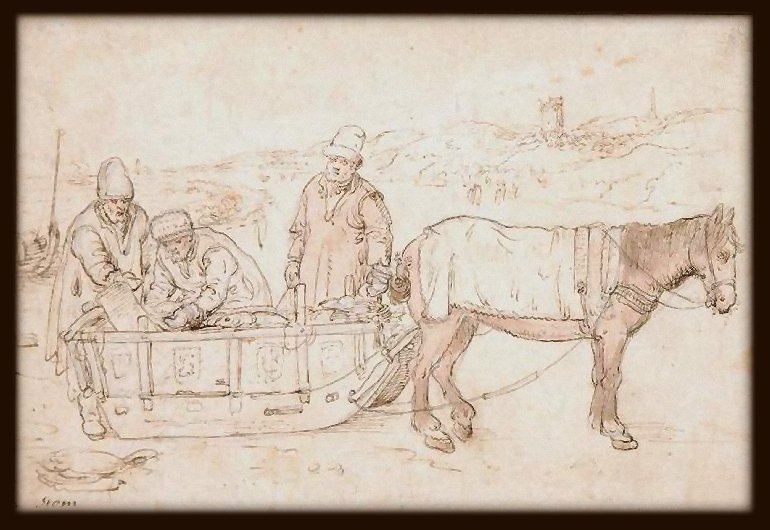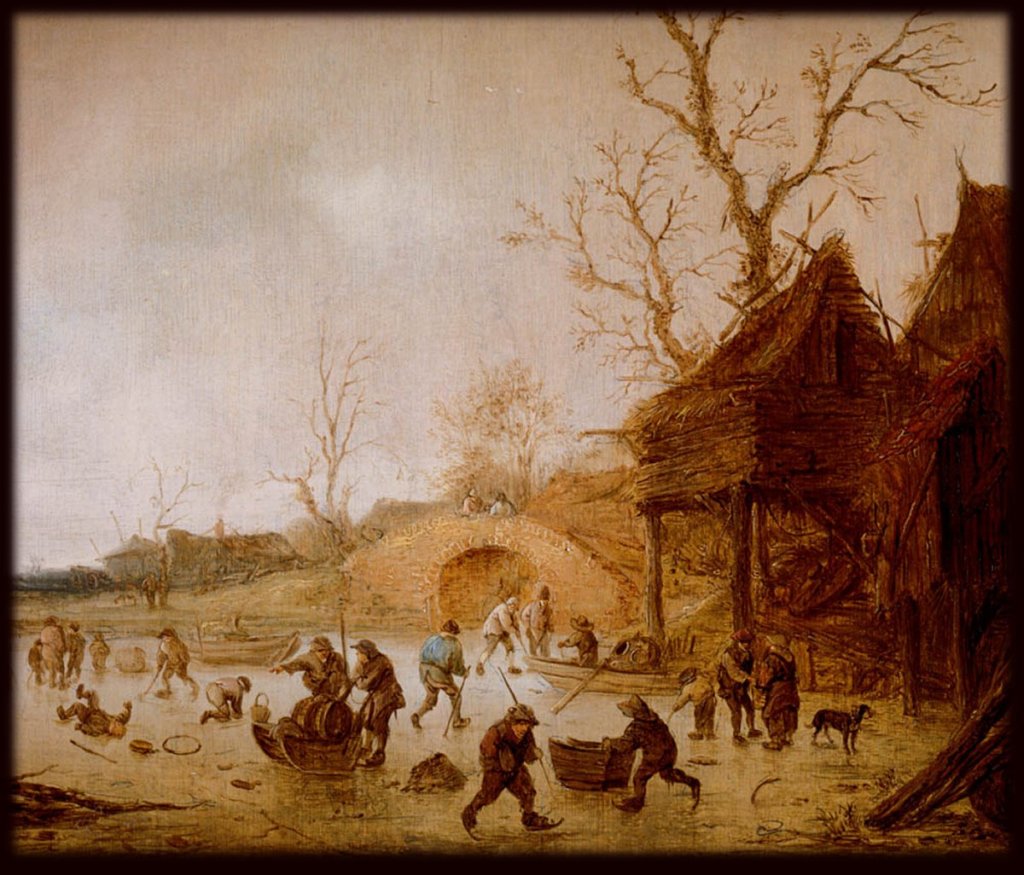WHEN GUNHILD HEARD THE JINGLE OF HARNESS BELLS, she set aside her knitting and limped to the door.
Her son-in-law, Steinar Strond, drove his sledge into the snow-packed farmyard with the last light of the short winter day, coming home from checking the buildings at an unoccupied subfarm further up the mountainside.
Two farm workers jumped off the sledge, laughing and shouting. “Where do you want it?” one asked.
“On the rise next to the house,” Steinar said, “the first thing folks will see when they come visiting.”
Gunhild took one look at the boulder on the sledge and drew herself erect. “That is the Stone Chair itself!” she snapped.
“Ja, sure, it is.” Steinar grinned.
“You’ve stolen it from Stone Chair farm!”
“Stone Chair farm is mine, so it’s hardly stealing to move the stone from one site to another.”
Gunhild crossed her arms. “The Steinstol belongs on its own hillside. It was there before any norseman cleared the forest to make a farm. It belongs to the mountain and the folk in the mountain.”
“No, Mother,” Steinar said with a soothing note. “It belongs to me. I own this whole stretch of mountain.”
Gunhild tapped her toes, glaring at her son-in-law’s smug grin. How it grated, the way he treated her like a child. She could see he wouldn’t back down. “No good will come of it, I tell you,” she said and stomped back indoors.

She could hear the young men grunting with effort out in the courtyard, and several thuds, then jesting and laughter. She shook her head over her knitting. “No good,” she muttered.
In the middle of the night, everyone at Strond jarred awake to the sound of thuds and thumps and rumbles out in the courtyard. The clamor went on for hours. No one dared open the door to see the cause.
In the morning, the massive chair-shaped stone stood blocking the cowbarn entry.
The farm workers moved it back where Steinar wanted it.
That night the hulking Stone Chair trundled and shuddered in the courtyard all through the dark hours again.
Come dawn, the great boulder stood amid the ruins of a shed.
This went on night after night.* No one but Gunhild got any sleep. She just grumbled, “I told you so,” turned over, and went back to snoring.
At last Steinar summoned the young men — eyes dark and baggy from lack of sleep — to help him hoist the boulder back onto the sledge.
Gunhild stood in the doorway watching Steinar whip up the horses. “Ja sure,” she murmured in triumph as her not-so-smug son-in-law headed back up to Stone Chair Farm to return the Steinstol to its ancient spot on the hillside.
folktale from Strond, Seljord, Telemark
text: © 2022 Joyce Holt
artwork: 19th century painting. Public domain info here.



